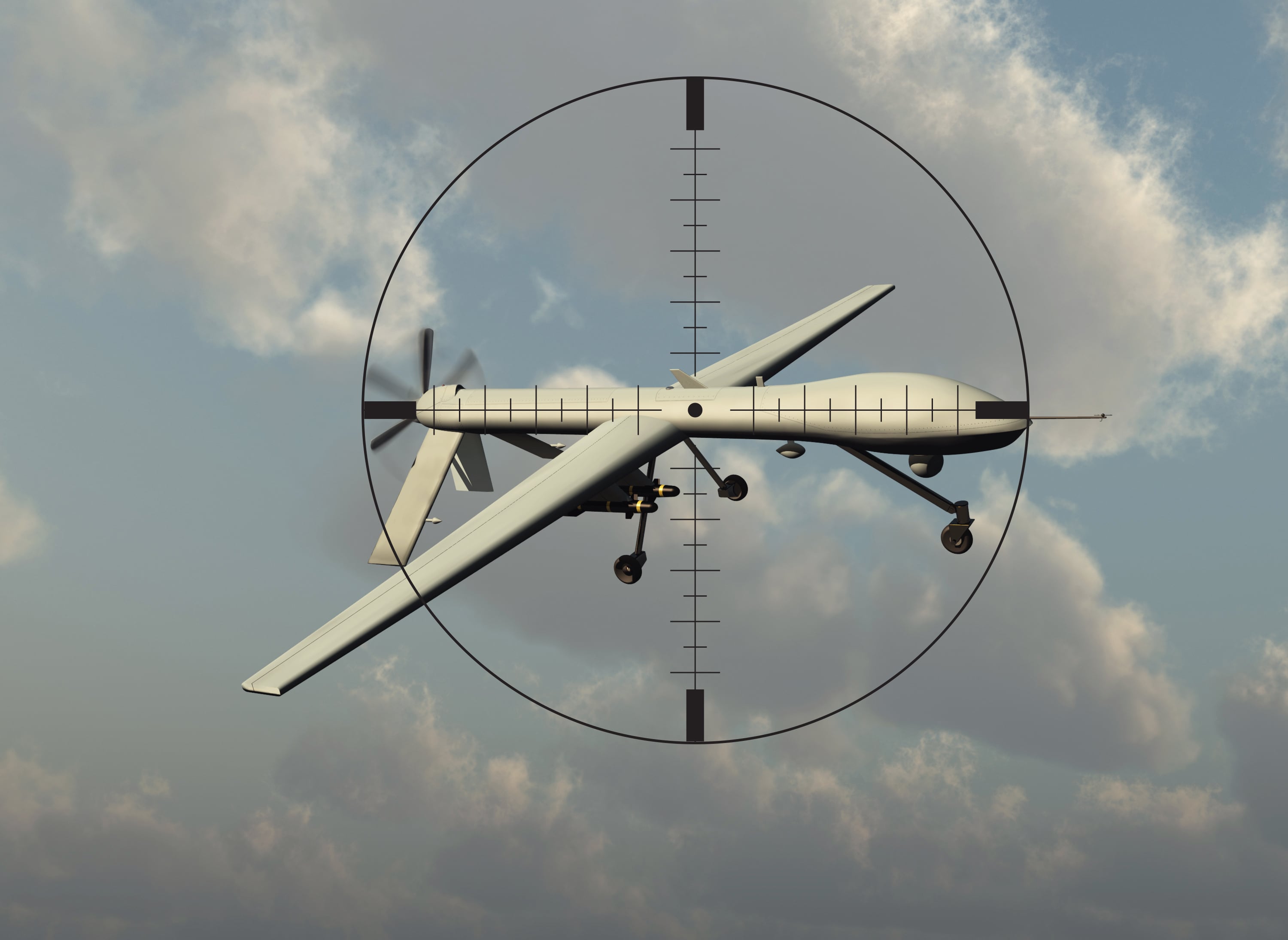On June 8, the U.S. Army took the unusual step of asking Congress to allow it to slow the pace at which it is required to purchase and field the Indirect Fire Protection Capability Increment 2, designed to protect U.S. bases from cruise missiles and other threats. Congress had previously mandated that the Army should have two batteries of IFPC Increment 2 by fiscal 2023 in addition to two Iron Dome batteries purchased as IFPC Increment 1.
In the Army’s view, the 2023 timeline would force the acquisition of an interim solution rather than dedicating finite resources on a more enduring capability that could connect with the military’s network and radars, something Iron Dome does not do.
However, the decision to focus on the “enduring solution” is accompanied by a request to repeal a congressional requirement for the Army to “consider a range of directed energy weapon systems” before the FY23 deployment of IFPC Increment 2.
Deprioritizing directed-energy weapons for IFPC Inc 2 comes at a critical and promising time in the development of this technology and capability area. Every opportunity should be taken to secure reliable investment in directed energy as a crucial component of layered efforts to cope with not only the cruise missile threat, but also the expanding air and cruise missile threats to U.S. bases.
Awareness of the scale and nature of the cruise missile threat to U.S. bases has ramped up as Russia’s and China’s capabilities have advanced and the value of cruise missiles has been demonstrated in combat. Cruise missiles are now proliferating widely as both states and nonstate actors recognize that they offer a low-cost, low-flying, difficult-to-detect-and-defeat capability.
But the threat to U.S. bases is not limited to cruise missiles. Among the other emerging and problematic air and missile defense threats is the growing global interest in and development of loitering munitions and drone-swarming concepts and technologies.
Traditionally, only a handful of countries have made and sold loitering munitions. The list of manufacturers has grown in the last year, meaning that even if many of the new suppliers are allied or partners, these weapons will be available to a growing range of actors. Indeed, they already are.
At February’s International Defence Exhibition and Conference in Abu Dhabi, ADASI, a subsidiary of the United Arab Emirates’ defense industry conglomerate Edge Group, displayed the QX family of four loitering munitions including micro, mini, fixed-wing and quadcopter systems. South African company Paramount and Pride Systems of Armenia were among the other countries displaying new loitering munitions.
RELATED

Swarms of drones — both intelligent and otherwise — also pose a novel threat to base defense that is no longer just notional. Beyond demonstrations of autonomous drone swarms in the U.S., Russia, China, India and the United Kingdom, less sophisticated massed drones were part of the September 2019 successful attacks on Saudi Arabian oil fields, while Russia’s Khmeimim air base in Syria has been the target of several attacks of swarms of unsophisticated and modified drones.
The end result: More actors are — or soon will be — in command of more and better low-cost, low-flying capabilities that threaten U.S. bases. And these capabilities are likely to be used in conjunction with one another — as they were against the Saudi oil fields — in order to saturate base air and missile defenses with mass, not to mention enhanced speed and agility enabled by autonomy. These proliferating capabilities are also exacerbating unsustainable and asymmetric cost curves associated with using relatively expensive interceptors to engage relatively inexpensive threats.
Addressing this challenge to U.S. bases requires a layered approach that, of course, features kinetic interceptors and hypervelocity projectiles that bring a lower shot-per-effect cost.
However, it will also require taking advantage of opportunities to capitalize on the increasing momentum for directed-energy weapons and their promise in meeting the full suite of air and missile defense challenges. Specifically, the low-cost-per-shot, deep-magazine capability of directed-energy weapons can — in conjunction with other kinetic solutions — offer an affordable means of dealing with multiple incoming low-cost threats, while high-powered microwaves, in particular, can engage swarms of uncrewed systems and munitions simultaneously.
The Army, Navy and Air Force are all developing directed-energy weapons and, in the case of the Tactical High Power Operational Responder, the Army and Air Force are partnering on directed-energy development. But most of these efforts center on supporting only the counter-drone mission that requires less power and typically involves shorter ranges.
Using directed energy to interdict cruise missiles will require scaling up the power generated by these weapons while still managing the sensitive issues of size and weight. And here there has been progress and potential as the Department of Defense advances a program to develop a 300-kilowatt laser by 2022.
Building on these types of efforts is crucial if the Army and the DoD more broadly hope to create a truly sustainable and enduring solution to the complex, diverse and dynamic air and missile defense challenge to U.S. bases.
Tate Nurkin is a nonresident senior fellow with the Atlantic Council and the Center for Strategic and Budgetary Assessments.








